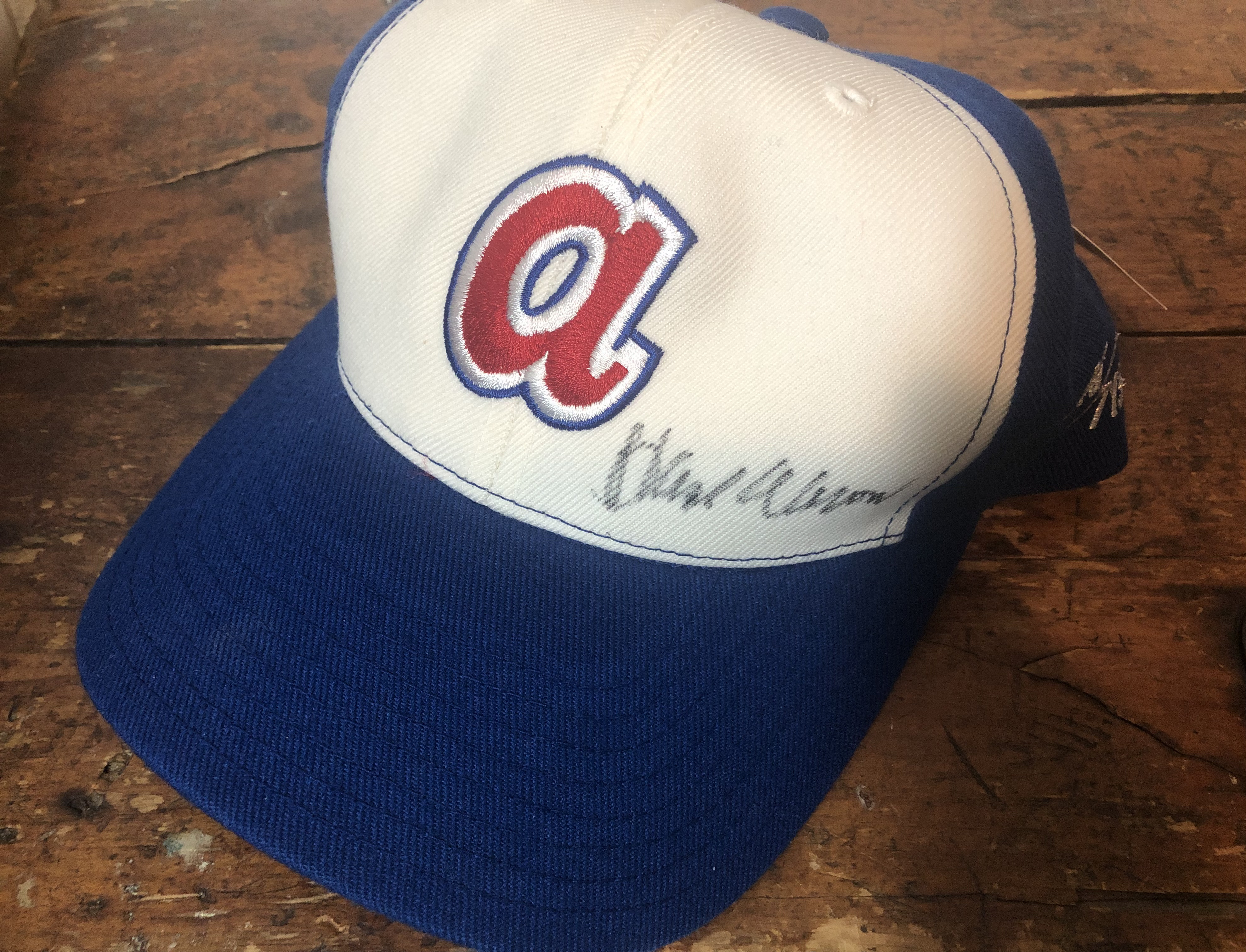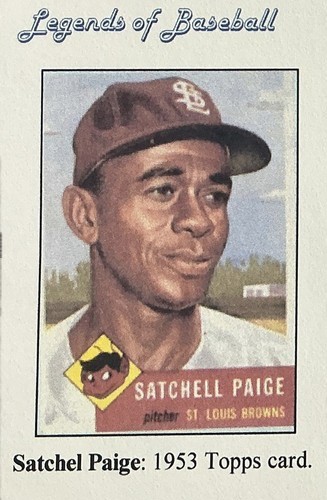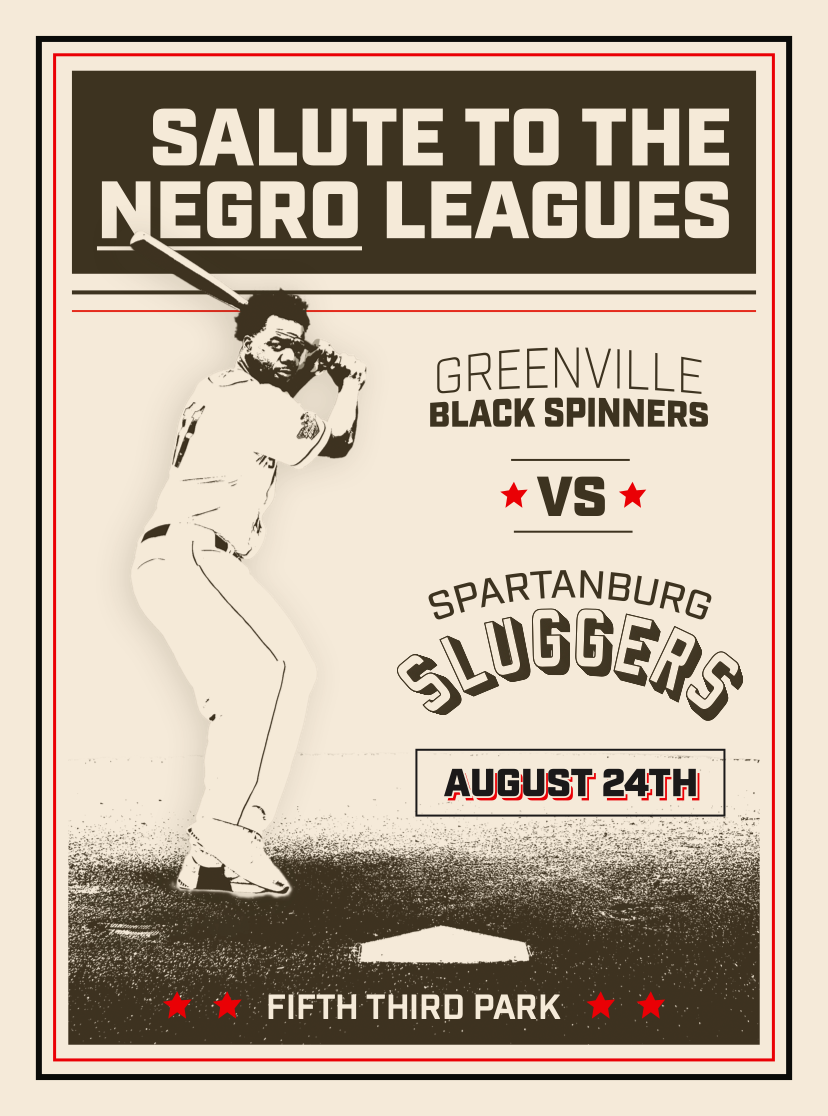“Homestead Grays Humble Sluggers”—or Did They?
Dr. Edwin C. Epps
The build-up had been promising: “Sluggers Battle Grays Here Tonight,” the Spartanburg Herald had optimistically promised on the day of the game, March 27, 1948. The Homestead Grays were one of the best teams in the Negro National League, and local fans knew them well. Their roster included Buck Leonard at first base, Luke Easter in left field, Luis Márquez in center, and Tom Parker in right and on the mound.
“Homestead Grays Humble Sluggers”—or Did They?
The build-up had been promising: “Sluggers Battle Grays Here Tonight,” the Spartanburg Herald had optimistically promised on the day of the game, March 27, 1948. The Homestead Grays were one of the best teams in the Negro National League, and local fans knew them well. Their roster included Buck Leonard at first base, Luke Easter in left field, Luis Márquez in center, and Tom Parker in right and on the mound.
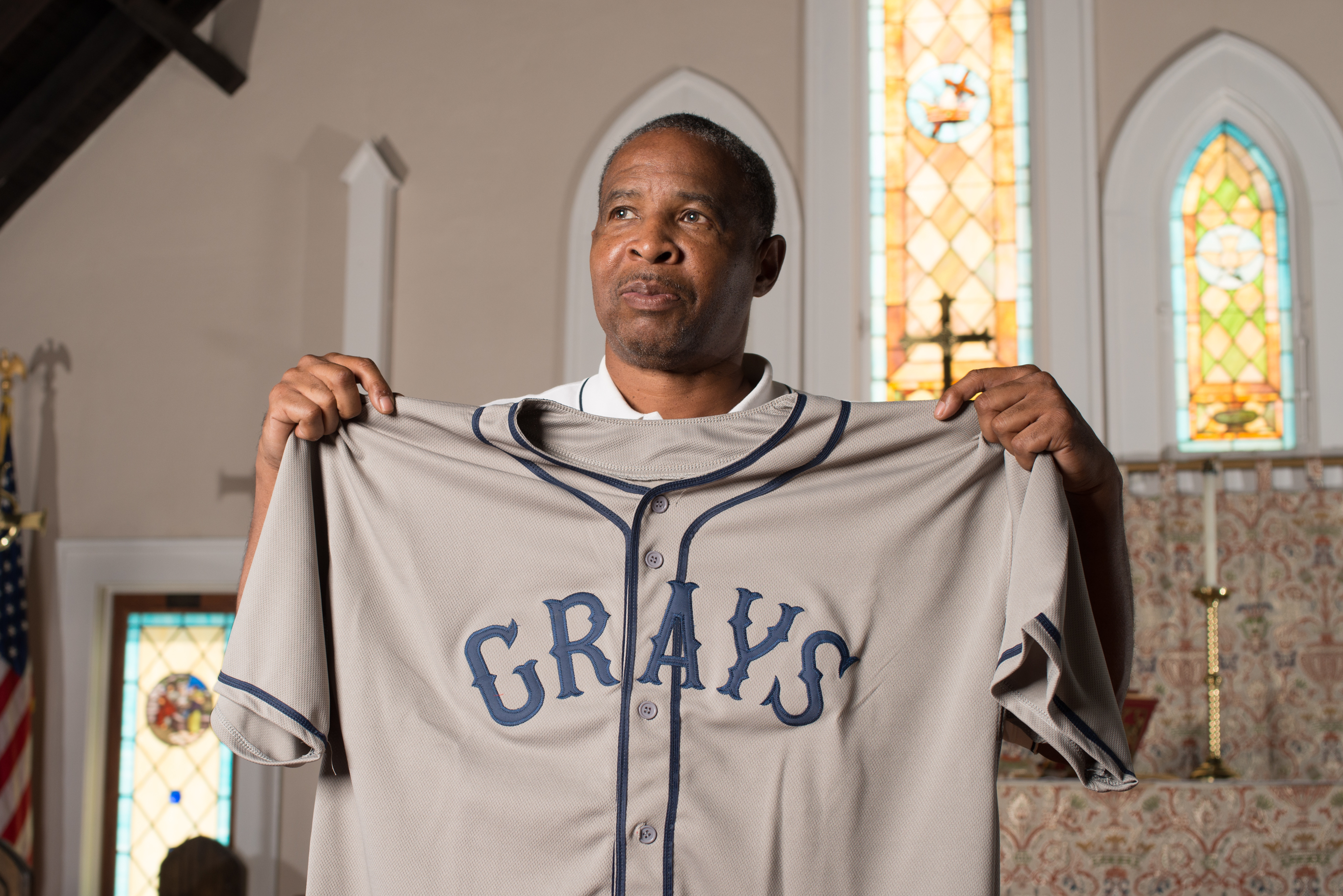
“Homestead Grays Humble Sluggers”—or Did They?
The build-up had been promising: “Sluggers Battle Grays Here Tonight,” the Spartanburg Herald had optimistically promised on the day of the game, March 27, 1948. The Homestead Grays were one of the best teams in the Negro National League, and local fans knew them well. Their roster included Buck Leonard at first base, Luke Easter in left field, Luis Márquez in center, and Tom Parker in right and on the mound.
On their way to a 54-25-3 record in 1948, the Grays were to become Champions of the Negro National League and Negro League World Series Champions. Josh Gibson, the power hitting slugger who became only the second Negro League player to be admitted to the MLB Hall of Fame, had died the year before after a stroke at age thirty-five, and he and Buck Leonard, who was still a Gray at age forty in 1948, had been regarded by the baseball press as the Black Babe Ruth and Lou Gehrig.
Spartanburg fans knew the Negro League teams well. Newt Whitmire, the owner of the Spartanburg Sluggers, was also a canny promoter who had brought the New York Black Yankees and the Cleveland Buckeyes to the Hub City two years earlier. During the 1950s he would bring the Indianapolis Clowns to Spartanburg at least six times, and the Clowns’ opponents would include not only the Black Yankees, the Philadelphia Stars, and the Kansas City Monarchs but also in 1951 Jackie Robinson’s barnstorming All-Stars.
Black fans in particular looked forward to the appearances of Negro League teams in their city. Spartanburg was home to a plethora of textile mills, and the mills sponsored baseball teams often composed of “workers” who had been hired only to play baseball. Many mills financed both White and Black teams, and many players on the Black mill teams also played local semipro and independent league baseball and a few later graduated to the official Negro Leagues. Northern Negro League teams also fielded players who started their careers on steel mill teams located in places like Homestead, Pennsylvania.
White fans were also drawn to and welcomed at Negro League contests. In professional baseball White and Black teams often shared the same ballpark as their home field—the New York Yankees and the New York Black Yankees both played at Yankee stadium, for example—and in Spartanburg the Sluggers played at the same venue as the White Spartanburg Spartans and Spartanburg Peaches during the Jim Crow era.
Local newspapers in the South often noted in their stories announcing upcoming Negro League and semipro games that white fans would be welcomed. Typically, In the Spartanburg Herald for the 27th of March, the writer reminded his readers that “[a] section of the stands will be reserved for white spectators.” So it was an enthusiastic, substantial, and diverse—if segregated physically—crowd that bought their tickets for the 8:30 contest at Duncan Park.
The locals were destined to be disappointed in the outcome although neither the headline’s usage of the word “humble” nor the lead sentence’s choice of “drubbed” was really just. The Grays had in fact won the game, but since the final score was only 9-4, the result was hardly a blowout. Homestead scored 5 runs in the top of the second inning and 2 each in the fourth and the sixth, but the home team itself had put together a 4-run eighth.
The battery for the winners was Robert Gaston behind the plate and a player identified as “Marque” on the mound. Since the Seamheads database lists no Gray player named “Marque,” however, and the Biographical Encyclopedia of The Negro Baseball League likewise contains no entry for a player with that surname, the writer most likely simply misspelled the name Márquez, the position player Luis Márquez, who regularly played in the infield but was also a skilled center fielder. It was common for White sportswriters to misspell the names of Black players, whom they rarely covered and were unfamiliar with, so the ambiguously identified pitcher had to have been Mr. Márquez.
. My proposed “Marque/“Márquez” resolution was finally confirmed for me in an account of this game in the April 3, 1948, Pittsburgh Courier, the Grays’ hometown newspaper. There the sportswriter reported the following:
Manager [Vic] Harris pulled a fast one when he sent Luis Marquez [sic] to the mound to assume the pitching duties. Marquez, who has been playing winter baseball in Puerto Rico and is also in top condition, pitched the full nine innings, giving up only five hits. He is the Grays regular center fielder, but Vic, not taking any chances on sore arms on his pitching staff, sent the little Puerto Rican flash in to fill the role.
Luis Márquez was not known as a pitcher—although he did pitch in two games for the Portland Beavers in 1957—but in a non-league game against a less highly regarded opponent from a lower division, it might well have made sense for the Grays to put a position player on the mound in Spartanburg in order to give their regular pitchers a rest. In any case, Luis Márquez himself was someone worth watching. Although he was only 22, he would bat .290 in 1948, and his four years in the Negro Leagues produced a .371 average. After the integration of professional baseball he would play for a decade in Minor League Baseball, 2 years in Major League Baseball, and some 20 years in Puerto Rico winter ball. In short he was an accomplished journeyman professional with more than average skills.
Facing Márquez on the mound in Spartanburg were two pitchers on March 27th: “Lefty” Bob Branson and his reliever “Jeep” Crosby (or, as it was sometimes spelled, “Crausby”), who was also called “Crossfire.” The Sluggers catcher was one of the Glenn brothers. No other Sluggers were mentioned by name in the newspaper report, but players mentioned specifically by name who played in other Sluggers games in 1948 included pitcher Russ Evans, catcher Bus Glenn, third baseman Harry Russell, right fielder Johnny Johnson, and Wallace “Hog” Foster, another catcher and position player. All of these players also appear in a photograph of the 1947 Sluggers, winners of the South Carolina Negro Tournament, from August 10th of the earlier year, so it is highly probable that they faced off against the Grays.
The accounts of Negro League games, when they appear at all in local newspapers, are regularly incomplete. Even hometown papers like those in Spartanburg usually contain line scores but not box scores, so it is devilishly hard to reconstruct the database history of teams like the “major league” Grays and second division Sluggers or even the best known and most successful teams like the Kansas City Monarchs, the New York Black Yankees, and the Birmingham Black Barons. Still, Negro League games like that between the Grays and the Sluggers were very popular. They also primed the local economy in real and important ways, and they form a substantial part of the imperfect and slowly emerging history of the cities in which they were staged. That is why researchers like myself keep digging for the details.
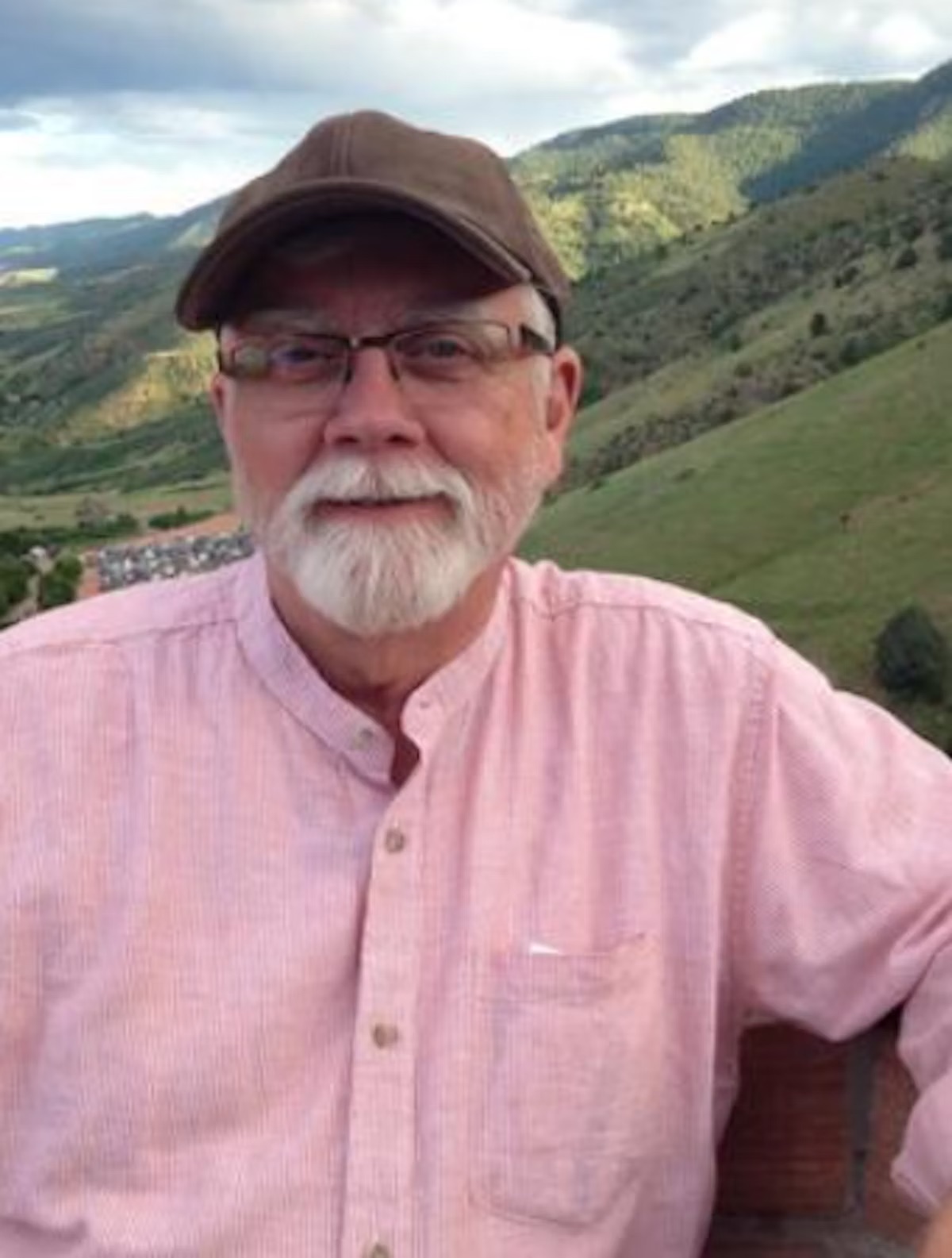
Dr. Edwin C. Epps
Author
Dr. Edwin C. Epps is a retired educator with more than forty years' experience in public school classrooms... He is the author of Literary South Carolina (Hub City Press, 2004) and a proud member of Phi Beta Kappa who believes in the value of the humanities in a rapidly changing world.

